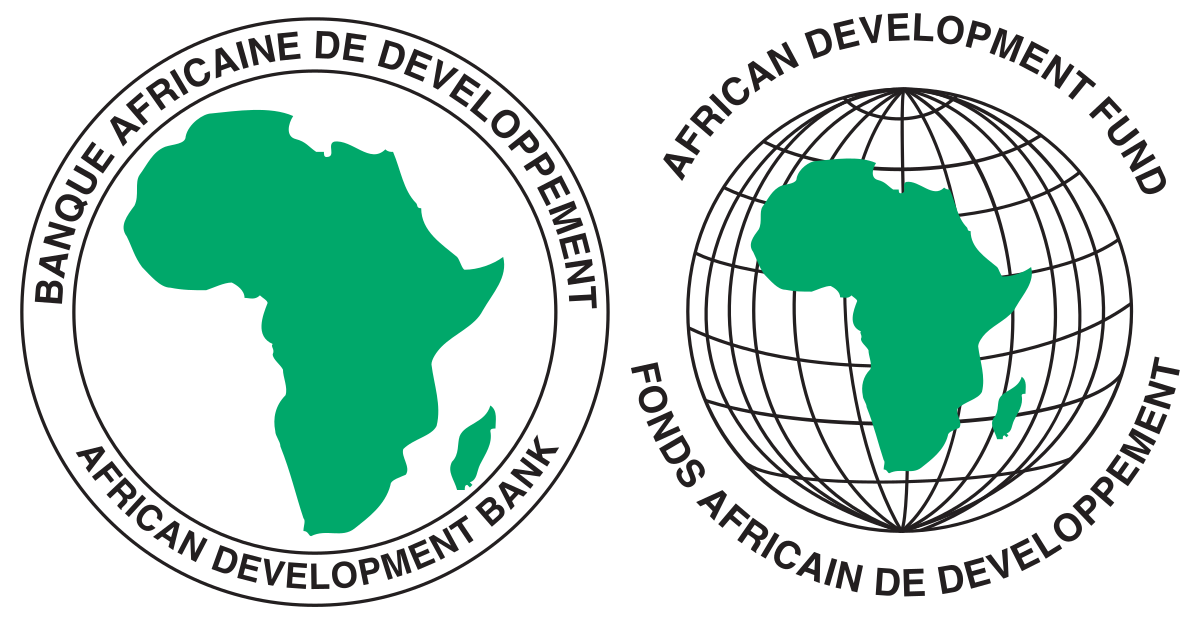Emergency Relief Support to combat Avian Influenza

Project Brief/Background
Geographic coverage
Egypt, Sudan, Djibouti, Cameroon, Chad, Nigeria, Benin, Togo, Ghana, Burkina Faso, Cote d'Ivoire, Mali, Niger.
Implementation
24 months
Funding
Overall budget is US$ 6.5m funded by the African Development Bank and managed by
- AU-IBAR (US$ 3.9m)
- WHO (US$ 2.6m)
Key stakeholders
OIE , AU-IBAR, FAO, WHO, RAHC West and Central Africa.
Beneficiaries
Ministries of Livestock, Directorates of Veterinary Services.
Goal
Reduction of socioeconomic impact of avian and pandemic influenza.
Main objectives
- Raise awareness in all agricultural sectors
- Strengthening the capacity for rapid detection
- Strengthening the rapid response capacity of national laboratories through the provision of technical equipment, lab consumables and vaccines
- Preventing the disease from spreading
Expected results
- Awareness of the targets substantially increased
- Effective epidemiogical surveillance network established
- Strengthened capacity of national laboratories
This is a complementary grant extended by African Development Bank to ten affected and high risk countries in western and central Africa and two others in eastern Africa. Managed through AU-IBAR, it aims at support for early detection of outbreak and emergency response actions with regard to the Highly Pathogenic Avian Influenza (HPAI).
Countries benefiting from the grant are Egypt, Benin, Burkina Faso, Cameroon, Chad, Ghana, Niger, Togo, Mali, Cote d'Ivoire, Sudan and Djibouti. Egypt has however opted for a self management of its grant.
The awarded grant is US$ 500 000, of which US$ 300 000 was assigned to the activities related to the Animal Health component whose technical and financial coordination is ensured by AU-IBAR, and US$ 200 000 assigned to the Human Health component coordinated by the World Health Organization (WHO).
Areas covered
The grant covers priority areas such as:
- Information and awareness campaign intended to mobilize public opinion and different actors on the national and regional scene.
- Support to the rapid detection of outbreaks by strengthening existing national capacities and improving packaging of samples and their dispatch to reference laboratories in order to speed up the implementation of control measures (isolation quarantine etc).
- Urgent supply of technical equipment (samples, conservation and protection) and veterinary product (chemical and biological products) intended for an immediate response in case of new outbreaks.
- Compensation in case of stamping out - it is envisaged that the compensation budget should not exceed 10% of the amount allocated by the ADB to each country i.e. US$ 30,000. Compensation for every slaughtered animal should be at the average local market price.
- Acquisition of a stock of vaccines and of veterinary equipment: Knowing the limits of Stamping out in the African continent, a specific and regional vaccination strategy is envisageable in the countries where the appearances of outbreak of highly pathogenic avian influenza are recurring and/or in endemic state. This strategy could, according to the expert, help to stop or then limit the distribution of the H5N1 virus.
Results and Activities
Signing of the MoUs and approval of the action plans
By the second semester 2006, five countries had signed their MoU's with AU/IBAR and had their respective action plans approved - Benin, Burkina Faso, Cameroon, Ghana, Niger and Chad. Togo signed in February 2007. The third quarter of 2007 saw the signing by Mali, Cote d'Ivoire, Nigeria and Djibouti. They each received a first advance of 168 750 US$ to start their programme while Mali received 100 000 US$ only. Sudan signed on 18 August 2008 and the first tranche disbursement of the reallocated grant is being processed by ADB.
Chinese Technical Assistance
Under the new CHINA-AFRICA partnership, and considering that China experienced a HPAI epidemic caused by H5N1 in 2004, AU/IBAR received an expert mission whose objectives were:
- To develop recommendations for the setup of an adequate epidemiological surveillance network.
- To improve the capacity building of African national laboratories in the early diagnosis techniques of the disease.
- To train African experts involved in the prevention and control of HPAI.
This mission lasted 6 months (30 March - 29 September 2007). The experts were divided into two teams:
- West Africa (Benin, Ghana, Togo and Mali)
- Eastern Africa (Djibouti, Kenya, and Sudan)
Financial report (as of 30 June 2008)
Apart from Sudan which has neither signed an MOU nor sent an Action Plan, all the other beneficiaries have received a first tranche of US$ 168, 750. Mali received US$100, 000 but is yet to start its programme - see table 4.
AU-IBAR has received a total of US$ 2, 699, 985 from ADB. The disbursement to beneficiary countries is US$1, 787, 500.
Tables 1 and 2 give the real situation of the grant in respective countries and the overview of the financial situation on AU-IBAR level.
Table 3 makes an activity analysis in terms of to assist in the readjustment and reorientation of the National Emergency Action Plans.

